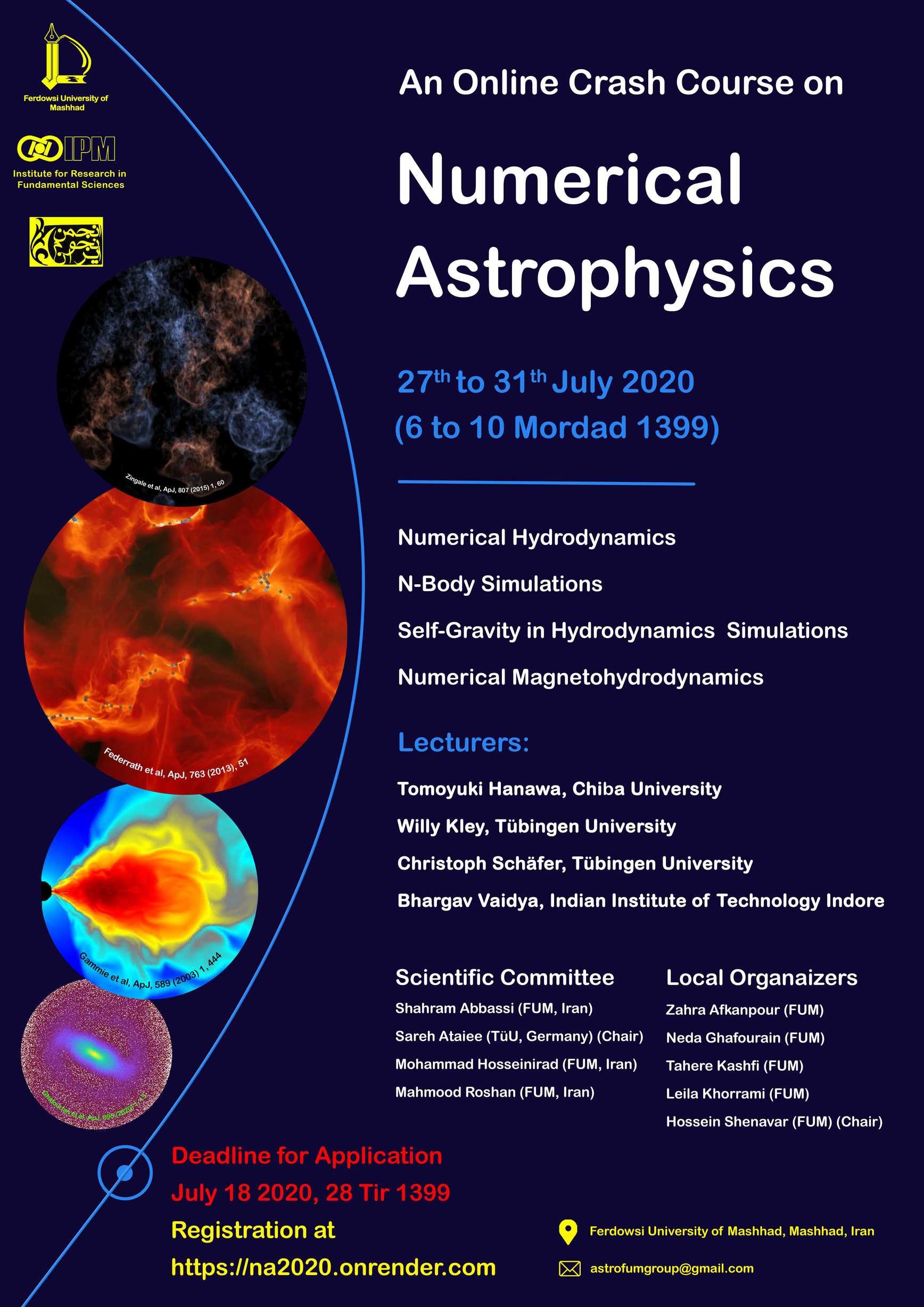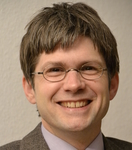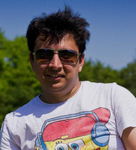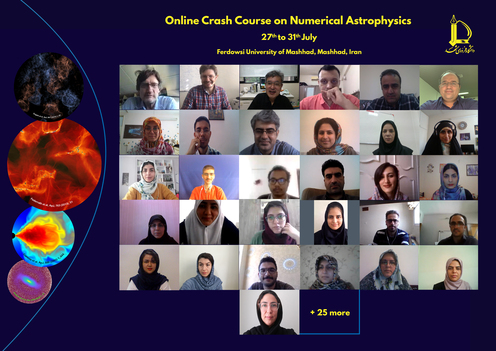General Info
Astronomical tests, unlike experiments in many other branches of science, are usually impossible to carry out in labs. For example, we can not make a single star on Earth, let alone a galaxy! Astronomical systems are usually much bigger in size, larger in mass and more complex in structure than we can manipulate them on Earth to justify our models and their predictions. Fortunately, computers and computational methods provide us easier and more convenient ways to study the astronomical systems. Using numerical simulations, we can examine, correct, and improve our models until we understand our target system. However, we must have the knowledge of using these methods and be aware of their pros and cons. In this crash course, we aim to give our audience the first kick for properly using and understanding some of the important numerical methods in astrophysics.
Topics
About Lectures
Many astrophysical systems behave as fluids, and therefore, can be described by hydrodynamical models. On the other hand, gravity, as the building block of astronomy, can govern the interaction between separate objects or affect the structure of a single object through self-gravity. On top of these, magnetic fields are usually present and complicate the behavior of the systems. Introducing some numerical methods for studying these four topics (hydrodynamics, N-body, self-gravity, and magnetohydrodynamics), will be the focus of the lectures in this crash course.
One lecture will be held per day from 27th to 30th of July, and the 31st of July will be the discussion day between the participants. In the first four days, there will be a lecture per day for 3-4 hours with a few breaks. The participants are supposed to work on the exercises for the rest of the day. Please note that, because of the different time-zones of our speakers, each day's schedule is different from the others. Please check the program for more details. On the last day, some volunteers among the participants will have the chance to present the results of the exercises and discuss them.
Prerequisites for the participants:
Some basic knowledge of a programming language like C ( or Fortran), python, and a visualization software (such as Gnuplot or GDL for plotting the results is presumed. Also, familiarity with the essential concepts of hydrodynamics is assumed. Participants are encouraged to use Gnu/Linux operating system and should have Pluto and Rebound codes installed on their computing systems before the workshop. They should also have essential python libraries such as numpy, matplotlib, etc installed. It is recommended to install a complete python distribution, e.g. Anaconda, for more convenience. To see step-by-step manuals for installing the codes, perform some simple tests and find materials (e.g. slides and movies) provided by lecturers, please check the workshop repository.
This program is aimed to share a taste of numerical simulations with graduate students and postdocs in astronomy, and also advanced graduate students of physics.





